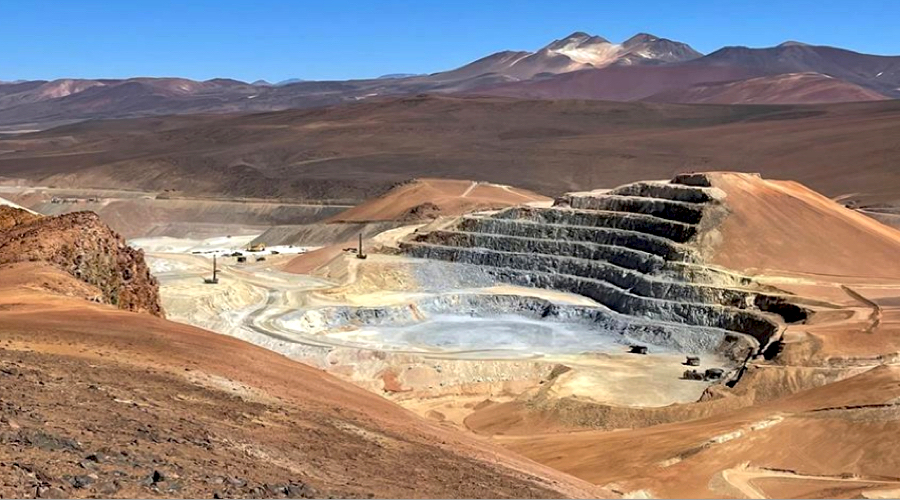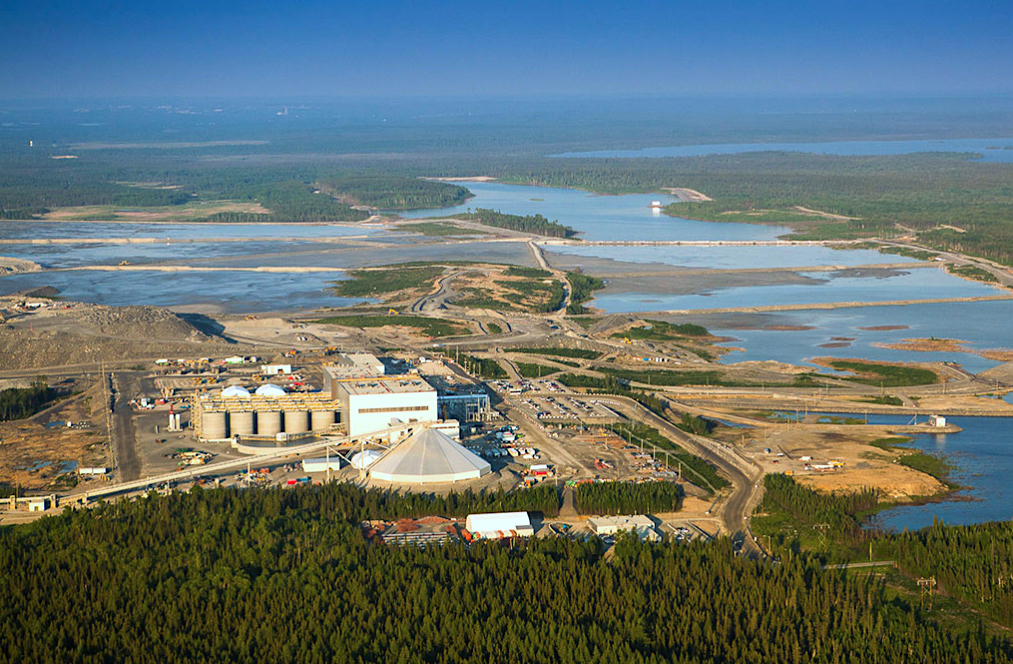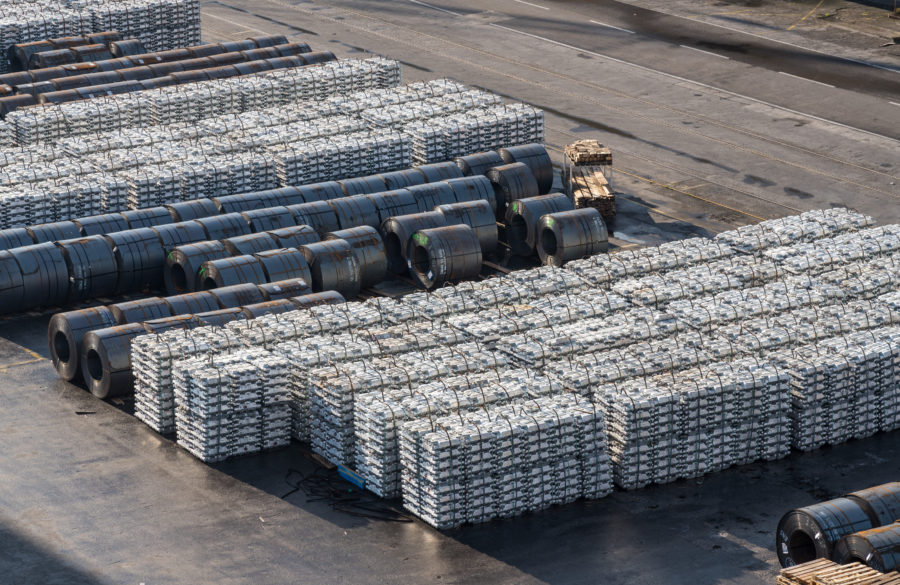Gold Fields hikes dividends to win Yamana deal backing

South African miner Gold Fields (JSE, NYSE: GFI) promised an improved dividend policy and a Toronto Stock Exchange listing in a bid to win shareholders who have expressed reservations about the planned $6.7 billion takeover of Canada’s Yamana Gold (TSX: YRI)(NYSE: AUY).
The merger, which would create the world’s fourth-largest gold miner and that is expected to surpass Agnico Eagle TSX, NYSE: AEM) in a year to take third place, has been criticized by Gold Fields investors. They claim the transaction is too expensive and does not guarantee growth and profitability.
The gold miner’s shares lost about 20% on May 31, when it announced the all-share transaction, and has not recovered since.
UK investment firm Redwheel, one of the South African miner’s top investors, said in June that Gold Fields was making “a serious error” in its takeover strategy.
Gold Fields chief executive Chris Griffith, however, said on Monday the company remained committed to the deal, adding that he was “greatly encouraged” by the “constructive” discussions with shareholders over the proposed deal.
“The acquisition of Yamana represents the culmination of many months of assessing the best option to accelerate Gold Fields’ growth strategy and deliver long term shareholder value,” Griffith said.
“Moving now to complete this transaction is the best opportunity for both speed of delivery and value to accelerate the next phase of the company’s growth,” he noted.
Under the new dividend policy, Gold Fields will pay shareholders 30% to 45% of normalized earnings at the interim and final dividend stages, up from a previous payout range of 25% to 35%.
It also promised a 45% payout for the 2023 interim and final dividends after it completes the friendly acquisition of Yamana.
“It’s really to give comfort to shareholders that there is going to be cash returned to shareholders. It’s sending a message about our confidence in the deal,” Griffith said in a presentation.

Gold Fields has been looking for assets that would complement its growth strategy and provide operational synergies.
“That’s what the Yamana assets do, they tick all those boxes for us. They bring high quality assets in Canada, Chile and Brazil, with great pipeline projects in both Canada and Argentina in particular,” Griffith said.
Yamana’s asset portfolio includes the development-stage Wasamac project in Quebec, Jacobina gold mine in Brazil, Cerro Moro gold-silver operation in Argentina, and two early-stage projects in Chile. It also holds a 50% stake in Malartic, Canada’s largest operating open pit gold mine.
“We’ve tried for 10 years to get into that area of Canada,” Griffith said. “[Malartic is on] one of the best parts of Canada, in one of the best jurisdictions for mining in the world.”
Gold Fields’ primary listing is on the Johannesburg Stock Exchange and a secondary listing in New York. While the miner plans a Toronto listing, it said it would keep its head office in Johannesburg after the merger.
“While we appreciate the additional details Gold Fields’ management provided … the ability to unlock significant value in the near-term remains limited in our opinion,” Raj Ray, analyst for BMO Capital Markets wrote.
“In addition, while the enhanced dividend policy is incrementally positive, we are not convinced whether the additional 1% yield in 2023 adequately incentivises Gold Fields shareholders for the significant near-term dilution,” he added.
Salares Norte back-up
With operations in Australia, West Africa and the Americas, Gold Fields has only one mine left in the home country — South Deep. Its portfolio includes three operations in Ghana, the Cerro Corona mine in Peru, and the Salares Norte project in Chile, where the company has encountered some hiccups.
First the company had to deal with relocating a small population of endangered chinchillas and is now facing potential sanctions from the country’s environmental regulator due to the death of specimens of culpeo fox in the area. The company has said the project is on track to begin production in the first quarter of 2023.
RELATED: 25 chinchillas stand between Gold Fields and $7bn worth of Chilean gold
Apart from Salares Norte mine in Chile, Gold Fields doesn’t have any projects in the pipeline or a strategy to counter the decline in production that is due to come from the company over the next few years.
The new Gold Fields could see its total output climb to 3.8 million ounces from 2024 as Salares Norte begins contributing to overall production, which would make the company the third-biggest gold miner, Griffith said.
Within a decade, the CEO sees Gold Fields potentially increasing production to 4.8 million ounces.
More News
China’s mining investment under Belt and Road Initiative sets new record – report
China's overseas mining investment under its Belt and Road Initiative hit another peak last year at $21.4 billion.
March 29, 2025 | 10:26 pm
Column: Europe’s future metals strategy hindered by current crisis
Chinese over-capacity and high energy prices have accelerated the long-term decline of European steel and aluminum production.
March 29, 2025 | 02:25 pm
{{ commodity.name }}
{{ post.title }}
{{ post.excerpt }}
{{ post.date }}



Comments